After Small World, Carcassonne is one of the most anticipated designer board game apps to hit the App Store. It took a little longer than expected, but everything from the basic Carcassonne game is here.
Nothing more, nothing less. There are no river tiles, no traders, no princess or dragon. It’s completely easy to play, and the plethora of options – local or online human opponents, very well-created AI players and a new solitaire version – mean this is the game to get if you know what a meeple is and enjoy sending them off to do your bidding.
Sure, we’ve had the clone (or not, depending on who you ask) app called Might And Card: Golden Edition, but now we finally and awesomely have an official Carcassonne app for the iPhone / iPod touch [$4.99] and it was well worth the wait. Read on to see why board gaming on the iThings is only getting better and better.
The Game
As pretty much the entire Euro gaming community knows, Carcassonne is a modern classic that is simple yet challenging. ALl you have to do is draw a tile, lay it somewhere on an ever expanding map so that all the sides match up correctly and then decide if you want to place a pawn (known as meeples) onto that tile. Play all of the tiles and the game ends. Sounds simple, but the strategy is deep, especially when playing with two players (though the game and the app can handle up to five). Deciding whether to place a meeple on a city, road, cloister or farm can be agonizing because you only get seven to play with. You get your meeples back when the feature they sit on is completed, but that can sometimes take a long time – good players will make sure to play tiles in such a way that you never get them back, leaving your little thieves stranded on the road with nothing to do.
The App
In short, there’s a lot for vanilla Carc fans to love in the iPhone app.You can pick your color, pick your opponent (color and level of play). To show more of the game board, you can hide the bar that shows each player’s points and meeples in reserve. Moves are easy to make; placing and rotating tiles and then placing a meeple is pretty much self-explanatory. For those who want to learn within the app, there’s a tutorial that does what it is supposed to do – but it uses audio instead of text and so takes a bit longer than necessary – and a manual that has everything written out (minor typos included).
The game looks great, but we wouldn’t mind having the spaces between the tiles on the board shrink or disappear completely. Still, what’s doubly amazing about the iPhone app is how well is expands to iPad size. in fact, aside from a few artifacts on upscaled text, you can barely tell it wasn’t designed for the iPad. We expect a true universal app can’t be far behind. Another problem is that the app does run annoyingly slow on a first-gen iPod touch, but it is snappy on newer machines.
Minor problems like these aside, we love this app. There are four levels of computer opponents: easy, strong, weird and evil. The evil opponents are indeed mean, doing a very good job of placing tiles in such a way that leave your meeples stuck on the board and snagging high-value features away from you. Not sure if they’re allowed to cheat and see a few tiles ahead in the stack, but they are certainly hard to beat. It’s great to have decent opponents in a handheld digital board game. Purists (I can be one of them) will note one big difference between the app’s scoring system and the official rules as published by Rio Grand Games (the game’s distributor in the U.S.). Instead of getting just two points for a “football city” (a city made up of only two tiles), the app rewards you with four points. Oh, well.
Playing digitally also allows a few other special features. For example, a small X appears in unused spaces if there is no tile left in the draw bag that will fit there. At any time in the game, you can also pull down a menu that will show you which tiles – and how many of each – are left. While nice, we’d prefer if there was a way to turn this feature off, just to keep a bit of suspense in the game for those of us who haven’t memorized all of the tiles in the game. Also, when it’s your turn, all of the tiles placed since you last went appear with a little colored square around then to show who went where. Nice.
The biggest problem in the app is how the board re-centers itself after every turn. I like to shrink the board down so that you can see every tile in play. Sadly, when the meeple placement screen pops up, it centers over the just-placed tile and leaves it that way for the next player. Bad.
The goal of the solitaire game is a meeple-free affair where the goal is to “build a world with competed cities and roads.” Not only that, but you also need to build roads and cities in increasing order. So, first you make football cities and short roads (each with two tiles), then aim for three-tile features and so on. The game ends when you finish a six-tile road and a six-tile city, with the challenge being to do it in the most compact way that uses the fewest tiles and thus score the most points. It’s an entirely new way to play, and manages to be interesting and fresh at the same time. There are also a series of “towns” that make up different solitaire games (the order that the game’s 72 tiles come up in), so different players can compete with each other in solitaire mode.
This app, like the board game itself, is ripe for expansions. We envision a lot of in-app purchases in our future. Let’s hope they’re not too expensive. Still, ignoring the minor problems with this first version of the app, we have to applaud the developers for what they’ve done thus far. Well done, Coding Monkeys, well done. You can learn more about the game at the official website and at the developer’s blog and in the video below.

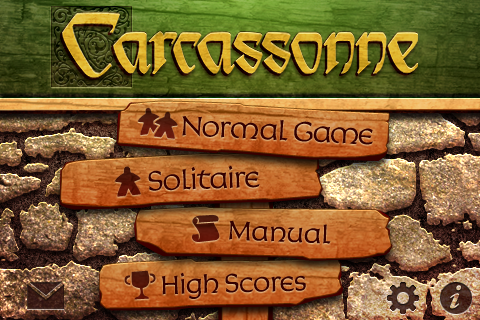
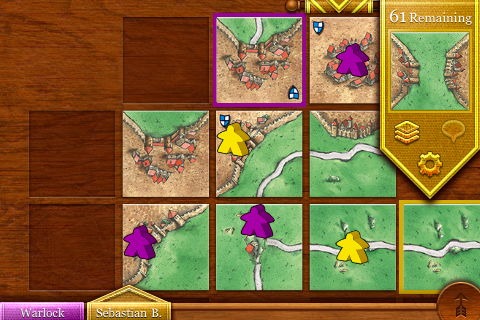
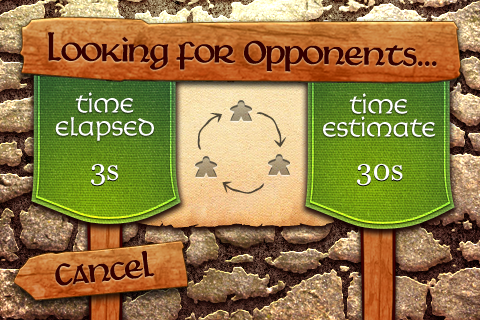
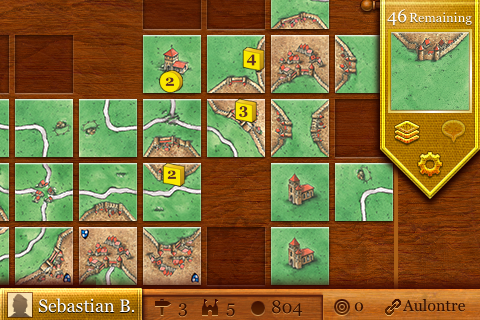

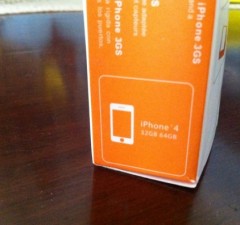

Pingback: Tweets that mention Carcassonne for iPhone and iPod Touch(TUAW Review) | TheTechJournal.com -- Topsy.com
Great post thanks a lot. Enjoyed reading it!